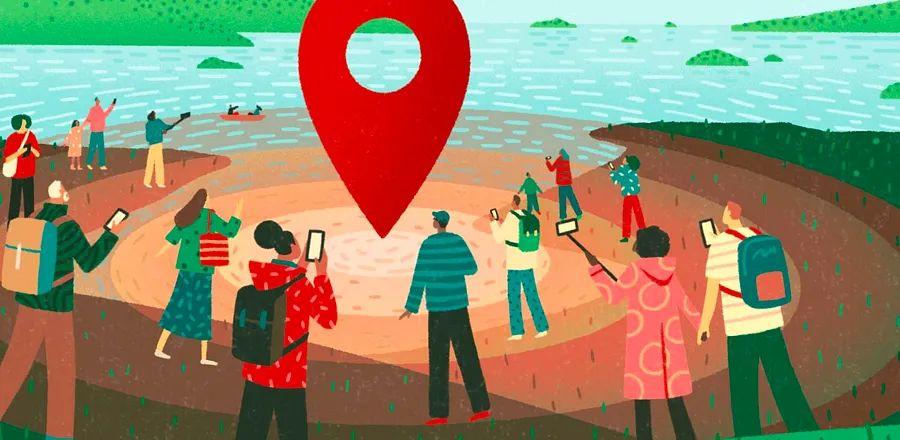I Recently Explored a Stunning Location—Should I Tag It?

I signed up for Instagram in 2012 but was initially hesitant to use its geotag feature, which allows users to embed the exact coordinates of a location within a post. In 2017, Instagram made it simpler to share and discover location-based content; by 2018, when it felt like everyone was constantly sharing their whereabouts, I found myself tagging nearly every place I explored. However, an incident in 2020 at Max Patch mountain in North Carolina prompted me to reconsider how I highlight the natural world.
Max Patch, located a short drive from my home in South Carolina, is a sought-after outdoor spot along the Appalachian Trail. This 1.5-mile stretch features minimal elevation gain, making the summit accessible in under 30 minutes. Known for its breathtaking 360-degree vistas of the Blue Ridge Mountains straddling Tennessee and North Carolina (weather permitting), the area provides a stunning backdrop. During the COVID-19 lockdowns, the easy hike and appealing scenery drew hundreds seeking outdoor respite, camping opportunities, and fresh air.
At times, I opt not to share with my social media followers at all—not every marvel is meant for public consumption.
Before I could return to Max Patch that summer, the area had been overwhelmed, a casualty of its newfound social media fame. Visitors arrived with rolling coolers and tents, often leaving them behind as litter. Lacking restrooms, the area was littered with human waste. Improper fire rings appeared where they shouldn't have, raising fire risks in a drought-prone region. Formerly tranquil spots, typically frequented by a handful of day-trippers and thru-hikers, were now inundated with hundreds of visitors. Consequently, to support restoration efforts and allow the ecosystem to heal, overnight camping at Max Patch was banned.
Jackson Hole, Wyoming faced a similar challenge, prompting its tourism board to launch the “Tag Responsibly, Keep Jackson Hole Wild” initiative. This campaign encourages visitors to tag broader areas, like the state or national park, rather than specific trails or difficult-to-reach viewpoints. Delta Lake, a secluded spot in Grand Teton National Park, saw its daily visitors soar from one or two to approximately 145, many of whom were ill-prepared for the tough nine-mile hike. Some needed help from rangers, and the surge in foot traffic led to land erosion. Now, signs in the area urge visitors to “tag thoughtfully” to preserve the landscape's beauty for future generations.

Illustration by Yukai Du
Travelers utilize tagged location searches on social media for various reasons: to find inspiration, fulfill their wanderlust, or compile a list of hiking spots for future family vacations. There are benefits to geotagging as well. It empowers more people of color to explore areas they might have previously avoided, and local economies near these attractions benefit from the influx of visitors. Additionally, posts with geotags enjoy up to 79 percent more engagement compared to those without, according to the software company Sprout Social. However, witnessing the destruction of Max Patch has reinforced my decision to use geotags sparingly. I refrain from identifying specific sites in national forests and federally managed wilderness areas, which often lack amenities like restrooms and well-kept trails. When I do choose to tag a location, I typically use a “generic tag” that references a nearby town or a national or state park.
Before tagging a location, I reflect on three questions inspired by Responsible Stewardship, an environmental nonprofit based in East Tennessee:
Can the existing infrastructure handle an increased number of visitors?
Are there sufficient roads, parking facilities, and restrooms in place?
Is this a sensitive ecosystem where heightened human activity could harm the environment?
At times, I opt not to share with my social media followers—not every marvel deserves to be publicized. Instead, I might send a photo or quick video to a friend, accompanied by a note to show I’m thinking of them. This often sparks conversations about my experiences and feelings in that moment. These small exchanges, though private, help strengthen our bond—with nature and, perhaps more crucially, with one another.

1

2

3

4

5
Evaluation :
5/5